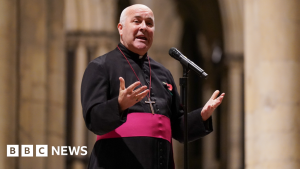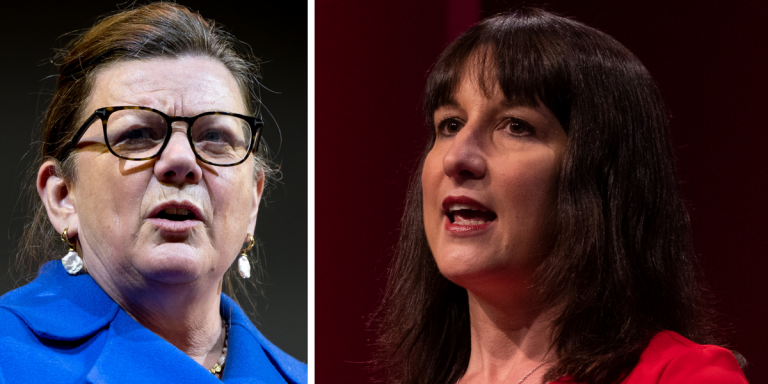“Normally when there are 30 shots in the game, it is the United States with about 25 of ’em. Not today!”
It wasn’t just the ESPN commentator who was shocked.
Heather O’Reilly had scored the game’s final goal, dragging world number ones and two-time champions United States to a 2-2 draw in their opening match at the 2007 Women’s World Cup.
O’Reilly wasn’t surprised by the scoreline though. Or how evenly-fought the game was. She knew it would be tough.
Instead, as the final whistle blew, it was the attitude of the US’s opponents, who saw a chance missed, rather than a point gained, that struck her.
“I remember North Korea seeming disappointed,” says O’Reilly.
“Their body language seemed to say ‘oh my gosh, we were so close to taking down the giant’.”
North Korea is the world’s most isolated country, a state based around the infallibility of Supreme Leader Kim Jong-un and a deep suspicion of the outside world.
Yet, despite living standards being well behind most other nations, North Korea has been one of the strongest female football nations on the planet.
When they took on the United States in 2007, they were ranked fifth in the world and amid a run of three Asian titles in the space of a decade.
Their record at youth level is even better. In 2016, they won the U20 Women’s World Cup, defeating Spain, the United States and France in the knockout rounds. That same year, their under-17 team also lifted their age-grade World Cup.
“The game in 2007 was challenging, really super hard,” remembers O’Reilly of her meeting with North Korea’s senior side. “It was hard to get the ball off them, they were buzzing around, very quick.”
There was another challenge though, one that was unique to North Korea.
“It was just such a cloud of uncertainty,” says O’Reilly. “The film we had on them was very limited, even by the standard of the times.
“Every time we played North Korea, it was always a mystery.”
The mystery now is, after a doping controversy and a four-year absence from international football, can North Korea’s women be a force once again?



























+ There are no comments
Add yours